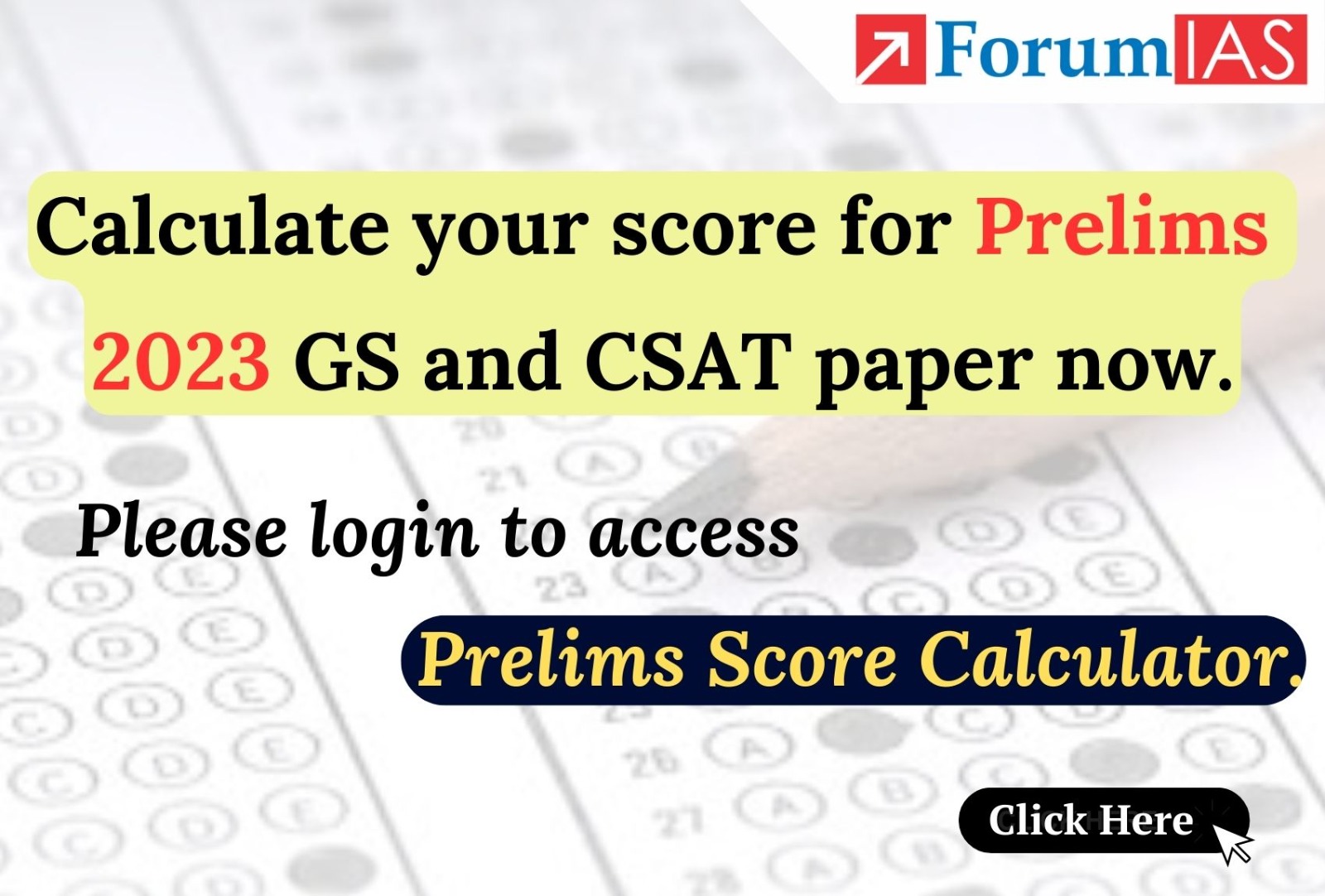Context: India and RCEP.
More in news:
- Third Regional Comprehensive Economic Partnership (RCEP) Summit held in Bangkok, Thailand
- India decided not to join the Regional Comprehensive Economic Partnership (RCEP) trade deal saying it did not get any “credible assurance for India on market access and non-tariff barriers".
Regional Comprehensive Economic Partnership (RCEP):
- The Regional Comprehensive Economic Partnership (RCEP) is a trade deal that was being negotiated between 16 countries.

- They include the 10 Association of Southeast Asian Nations (ASEAN) members (Brunei, Cambodia, Indonesia, Laos, Malaysia, Myanmar, the Philippines, Singapore, Thailand, and Vietnam)
- And the six countries with which the bloc has free trade agreements (FTAs) - India, Australia, China, Korea, Japan, and New Zealand.
- The pact aims to cover the trade in goods and services, as well as investment, intellectual property and dispute resolution.
- The purpose of the deal is to create an “integrated market” spanning all 16 countries. This means that it would be easier for the products and services of each of these countries to be available across the entire region.
- It is the “largest” regional trading agreement yet. The countries involved account for
- almost half of the world’s population,
- over a quarter of world exports,
- and make up around 30% of the global Gross Domestic Product (GDP).
Why India opt to be out of RCEP?
- Trade Deficit: In financial year 2019, India registered trade deficit with 11 out of the 16 RCEP countries.

- India's trade deficit with these countries has almost doubled in the last five-six years - from $54 billion in 2013-14 to $105 billion in 2018-19.
- India’s trade deficit with RCEP countries stood at $105 billion, out of which China alone accounted for $52 billion.
- At present, India ships 20 per cent of all its exports to the RCEP countries and receives 35 per cent of all imports from them. China is the ringmaster of this export-import circuit.
- Inadequate protection against surges in imports: There is concern about the dumping of cheaper goods such as diary and farm products, and electronic items, especially from China. The RCEP deal format required India to abolish tariffs on more than 70% of goods from China, Australia and New Zealand, and nearly 90% goods from Japan, South Korea and ASEAN. This would have made imports to India, cheaper.
- Demand of market access: India has also not received any credible assurances on its demand for more market access and its concerns over non-tariff barriers. RCEP participants like China are known to have used non-tariff barriers in the past to prevent India from growing its exports to the country.
- Country of Origin: Its concerns on a “possible circumvention” of rules of origin (the criteria used to determine the national source of a product) were also not addressed. Current provisions in the deal reportedly do not prevent countries from routing, through other countries, products on which India would maintain higher tariffs. This is anticipated to allow countries like China to pump in more products.
- Concerns of using base year before 2014: India had sought to safeguard the interests of its domestic industry through measures like seeking a 2014 base year for tariff reductions instead of 2013, when negotiations on RCEP began. As it has raised import duties on several products between 2014 and 2019.
- Past Experience: The Niti Aayog, in 2017, had published a report that pointed out that free trade agreements have not worked well for India.
- It analysed multiple free trade agreements that India signed in the past decade. Among those were FTA with Sri Lanka, Malaysia, Singapore, and South Korea.
- The Niti Aayog analysis showed that import from FTA countries increased while export to these destinations did not match up.
- The Niti Aayog found that FTA utilisation by India has been abysmally low between 5 and 25 per cent.
- Concerns in Agricultural Sector:
- RCEP will permanently bring down import duties on most agricultural commodities to zero which will lead to countries looking to dump their agricultural produce in India which would lead to a drastic drop in prices.
- Spices, chiefly pepper and cardamom and coconut would face dumping from the South Asian spice majors. Sri Lanka is already giving a tough time to Indian spice growers.
- Plantation products like rubber: Vietnam and Indonesia have very cheap rubber to export.
- Dairy Sector: New Zealand is the second largest exporter of milk and milk products. New Zealand’s milk producers are more efficient than India’s small producers. Both Australia and New Zealand are waiting for a free access to India for their dairy products.
- Services trade: India has “long pushed for other countries to allow greater movement of labour and services” in return for opening up its own market. Any agreement on trade in goods without simultaneous agreement on services trade and investment will only harm India’s interests.
Conclusion:
As all other RCEP nations have agreed to sign the treaty on the terms negotiated, they will likely try to persuade India to agree to the same. It remains to be seen whether those efforts ultimately lead. All RCEP Participating Countries will work together to resolve these outstanding issues in a mutually satisfactory way. India’s final decision will depend on the satisfactory resolution of these issues.
India believes that the RCEP trade deal doesn't provide adequate protection against possible surges of imported goods. In particular, India is concerned about cheap Chinese goods flooding the domestic market. India had been seeking an auto-trigger mechanism that would allow it to raise tariffs on products in instances where imports cross a certain threshold.
Be the first one to comment






